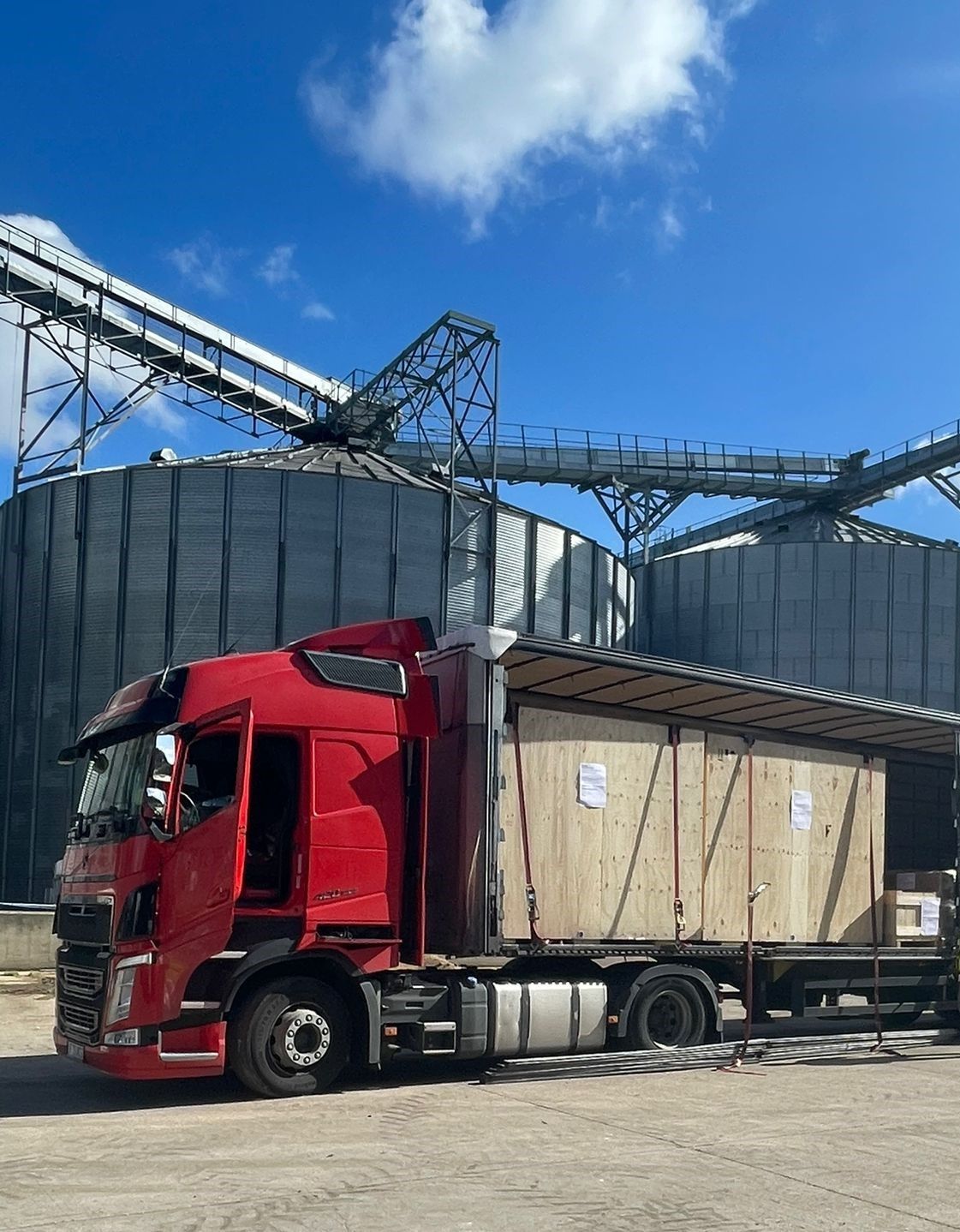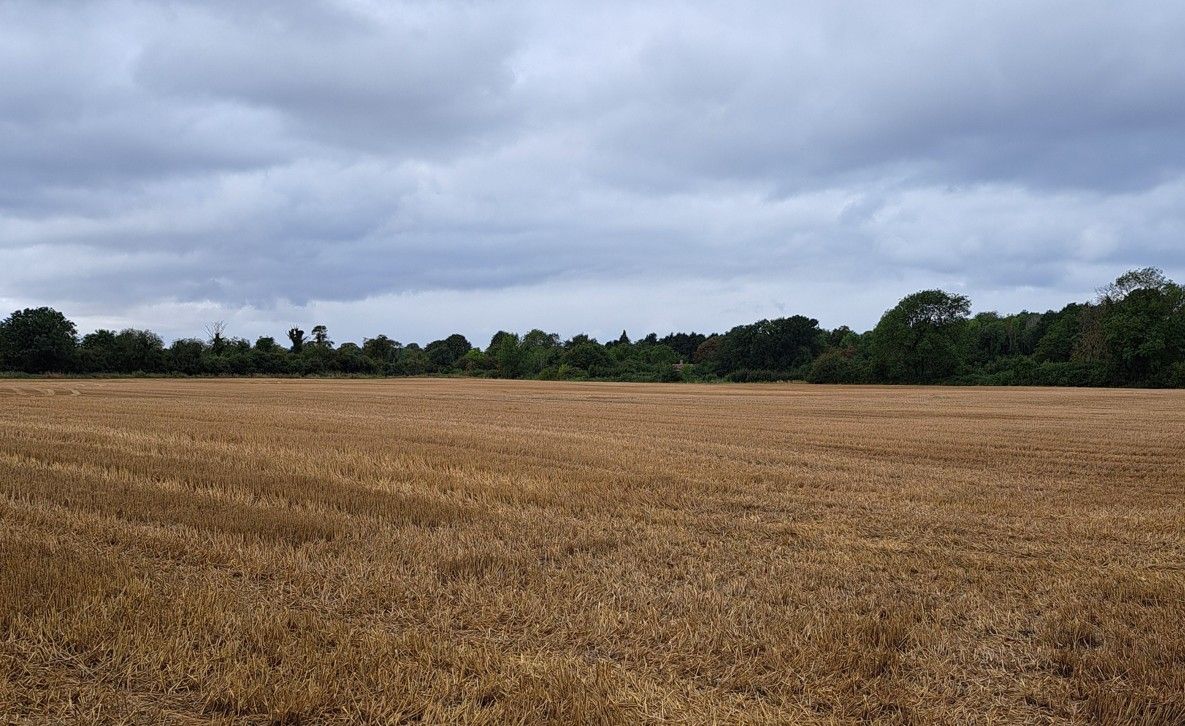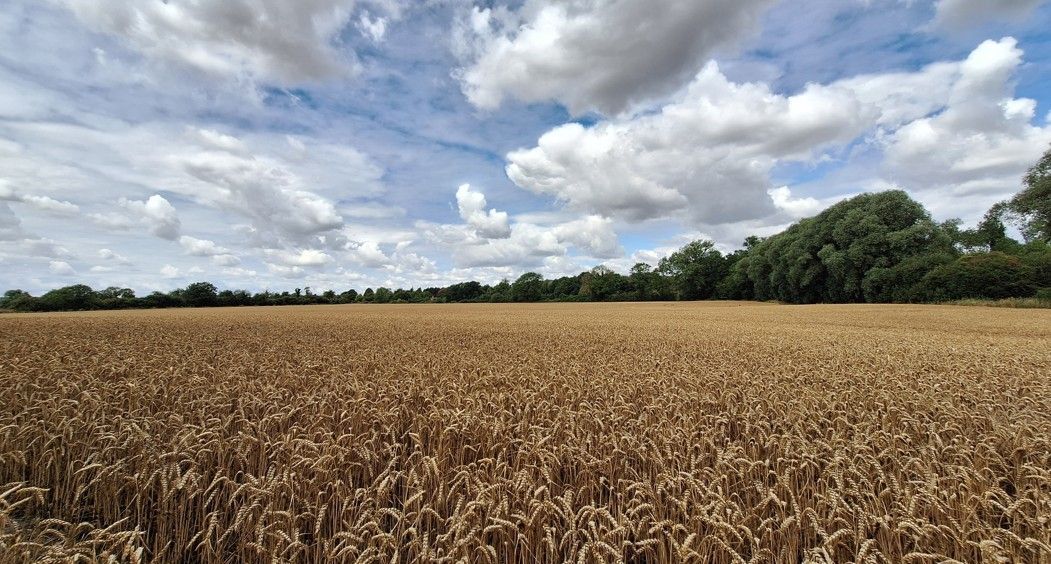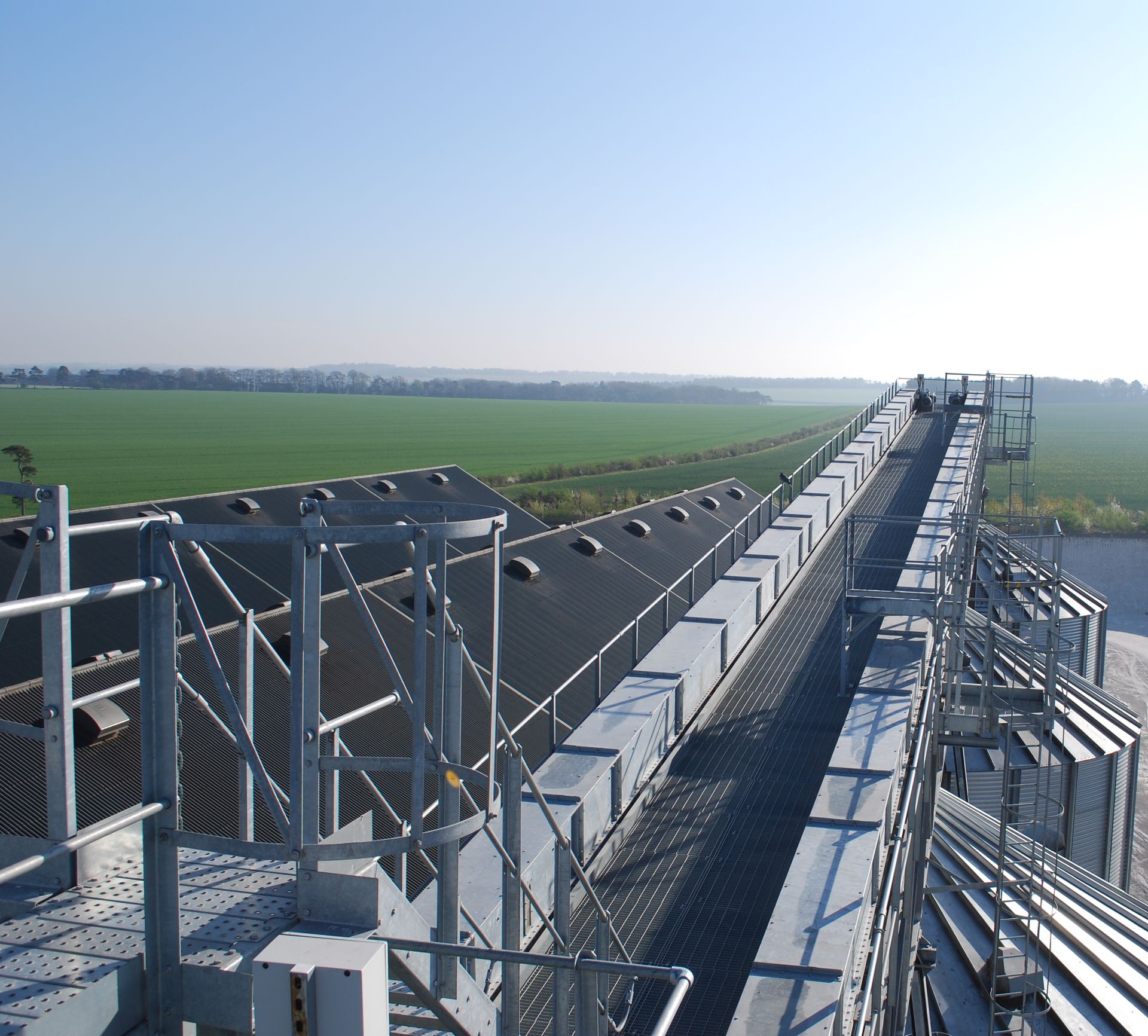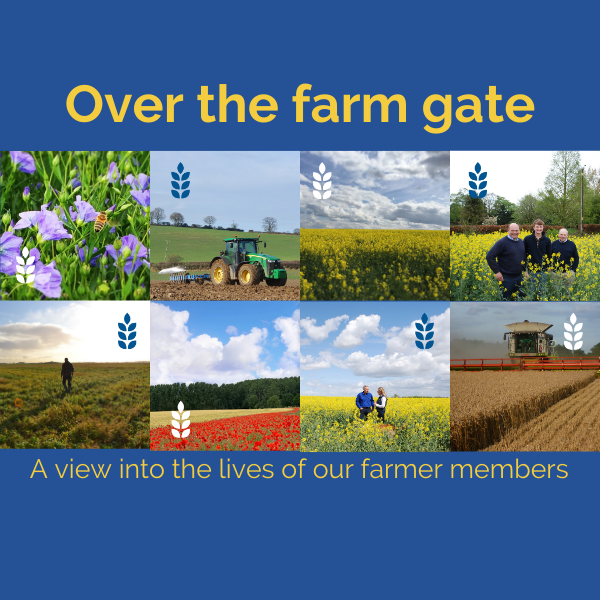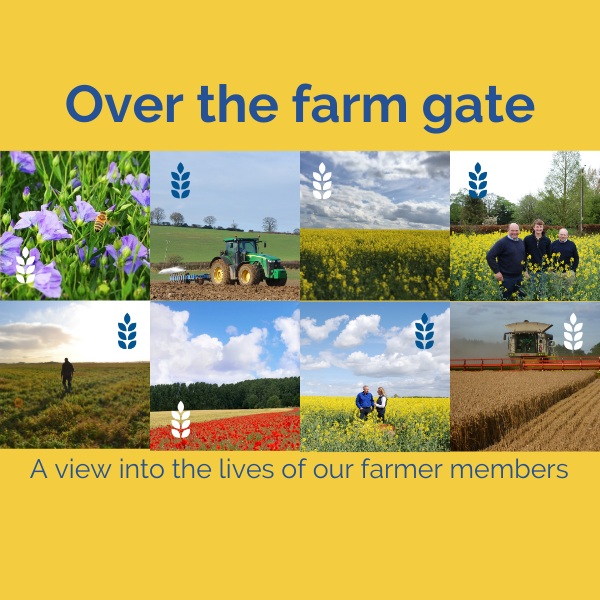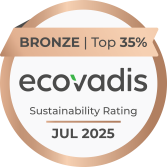'Over the farm gate'... this week kindly supplied by David White, Hawk Mill Farms, Cambs
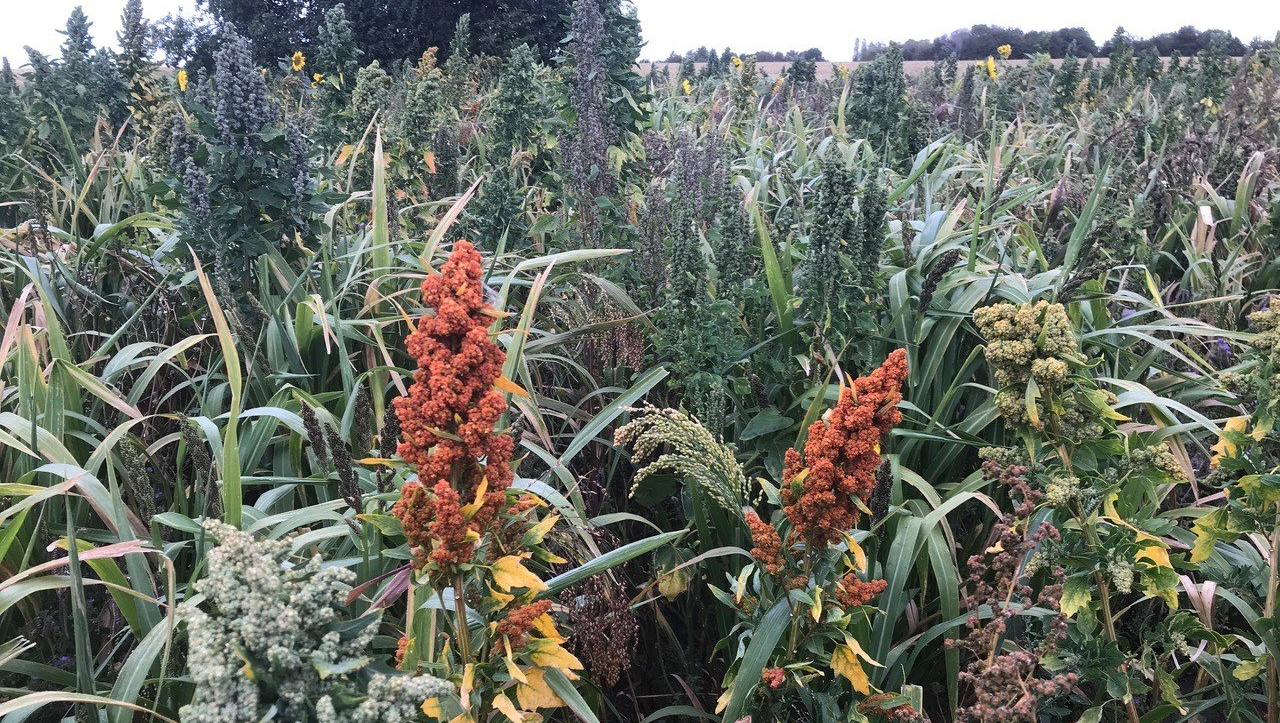
For a cereals only farm the spring rush is over. Drilling has been completed, although due to the now dry conditions, not all has emerged yet. The first two doses of nitrogen have been applied to the wheat, with the rape & winter / spring barley crops having had all they need to get them through to harvest, if only moisture was as easy to manage!
Fungicide, growth regulator and herbicide sprays have been put on hold as, although the April average temperature is within 1º of normal, the “spread” of day maximum to nighttime minimum has been large with an unprecedented number of successive frosts. Fortunately, our maritime climate has cushioned us from the extremes they have had in central France that has caused serious damage to vines and soft fruit that were in full bud. Time to be long on wine stocks!
I was lucky to be successful in my bid to gain a DEFRA Countryside Productivity Grant which has helped fund a new direct drill. The specification of this new drill has moved on my ability to companion crop and inter/co‐crop on the farm. This should help reduce the amount of bagged nitrogen applied to cereals as well as aid integrated weed control with its three separate seed hoppers. Growing nitrogen fixing legumes with cereals (pic below) should not only help reduce applied N but will help improve soil biology through diversity helpful in producing stronger plants leading to reduced disease susceptibility.
Nature always fills a gap so planting oats (which are easy to kill later) with beans should preclude some weeds from germinating reducing the need to use as much herbicide. We now have a reducing choice of many active ingredients of all types, due to the approval of some of the older products being revoked. So, we are growing oats with a beans cash crop and beans with a barley cash crop, how long before we harvest them together? Some of these growing techniques will already be practised by organic growers from whom we can learn a lot in the desire to be more sustainable.
Three areas that have not yet been sown are an additional pollen and nectar margin, an assist strip and our wild bird feeding areas which are due to be re‐seeded this year. These need to be done once the risk of frost has passed and they help strike the important balance of wildlife habitat and commercial production areas on the farm. This is something we hope working with our supply chain partners will help fund and support as well as the Environmental Land Management Scheme (ELMS) going forward.
Stay safe and well, David (Camgrain Vice Chairman)
